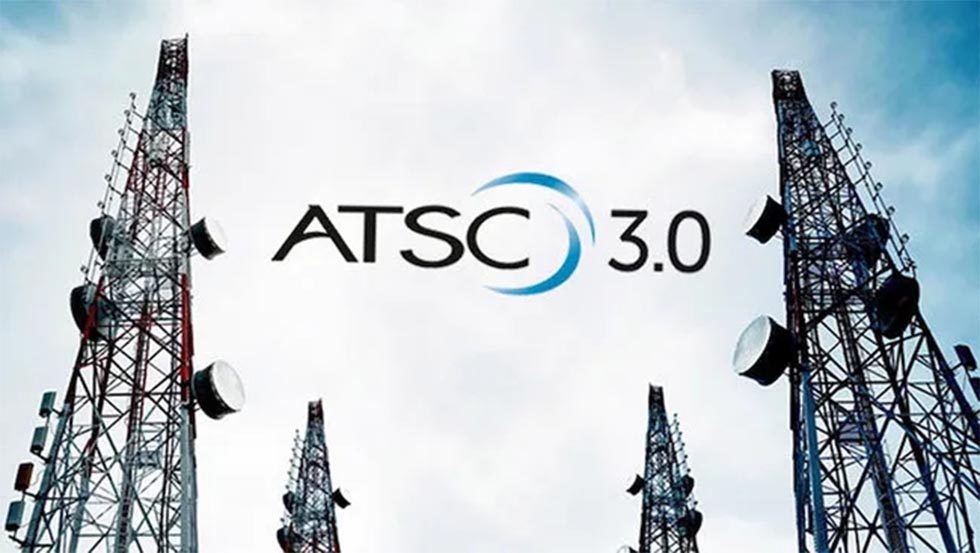Television efficiency rules approved in California
The California Energy Commission has voted unanimously in favor of the nation’s first efficiency regulations for television sets of up to 58in sold in the state. The rules take effect Jan. 1, 2011.
The five energy commissioners voted to require television manufacturers to produce new models that use 33 percent less electricity by 2011 and 49 percent less electricity by 2013. The action was a move to crack down on the sales of energy-hungry large-screen television sets that now account for about 10 percent of a typical household’s monthly power bill.
The new television standards are similar to those imposed on refrigerators, air-conditioners and dozens of other household appliances since the 1970s. The tightened standards do not apply to any of the approximately 35 million television sets currently in use.
Commissioner Arthur H. Rosenfeld said the new regulation will save consumers money, protect the public’s health and reduce the need to build more electric power plants. The rules cover liquid-crystal, plasma, rear-projection and cathode ray televisions, both standard and high-definition. The average plasma screen TV uses more than three times the power of older cathode ray tube technology.
The Consumer Electronics Association fought the ban, calling it an unneeded interference in a free market that was naturally evolving toward more energy-efficient televisions. Government regulation actually could stifle innovation, the group argued. The group predicted the ban will eliminate about a quarter of all currently available large-screen TV sets.
However, many television manufacturers said they would be able to produce plenty of California-approved replacements to meet future demand without sacrificing quality or raising prices. The LCD TV Association said the average Californian will not see a cost premium in new sets. About 300 set models meeting the requirements are apparently already available.
Vizio, based in Irvine, CA, told the energy commission that it would have no problem complying with the new standards even before it officially takes effect.
The regulations do not apply to televisions with screens larger than 58in. That led Noah Horowitz, a senior scientist with Natural Resources Defense Council in San Francisco, to urge the commissioners to later revisit establishing energy efficiency standards for those televisions. He said the costs of TVs are coming down, and sets are getting bigger all the time.
The California commission estimated that switching to more efficient TVs would save an average of $30 per set per year and $8.1 billion in electricity bills statewide over the first decade.
Get the TV Tech Newsletter
The professional video industry's #1 source for news, trends and product and tech information. Sign up below.
